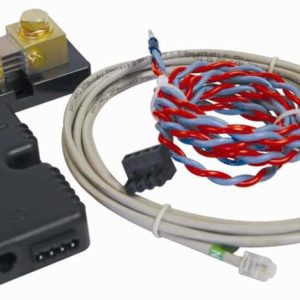Batteries
A battery bank is the joining of two or more batteries to create more storage or power for RV, mobile, or portable solar applications. (see also, “battery storage”)
Types: these are listed below.
Lithium: what is the best configuration for your RV?
Deep Cycle: 6volts or 12volts, or even 48volts – what to consider when designing your storage needs.
Sealed Lead Acid: cheap is the game, but are they worth it? how to size a small SLA cell phone charger with batteries from our local Batteries Plus store.
Power Stations: What you need to know about power centers – from Yeti coolers to jobsite construction generators
How to Build: let’s diy by following our handy how-to create battery storage in your garage
from:https://www.batterystuff.com/kb/articles/battery-articles/battery-bank-tutorial.html
What is a bank of batteries? No, it’s not some kind of financial battery establishment. A battery bank is the result of joining two or more batteries together for a single application. What does this accomplish? Well, by connecting batteries, you can increase the voltage, amperage, or both. When you need more power, instead of getting yourself a massive super tanker of an RV battery for example, you can construct a battery bank.
The first thing you need to know is that there are two primary ways to successfully connect two or more batteries: The first is via a series and the second is called parallel. Let’s start with the series method.
A series connection adds the voltage of the two batteries, but it keeps the same amperage rating (also known as Amp Hours). For example, these two 6-volt batteries joined in series now produce 12 volts, but they still have a total capacity of 10 amps.
To connect batteries in a series, use jumper wire to connect the negative terminal of the first battery to the positive terminal of the second battery. Use another set of cables to connect the open positive and negative terminals to your application.
Note: Never cross the remaining open positive and open negative terminals with each other, as this will short circuit the batteries and cause damage or injury.
Be sure the batteries you’re connecting have the same voltage and capacity rating. Otherwise, you may end up with charging problems, and shortened battery life.
Showing the single result


Recent Comments